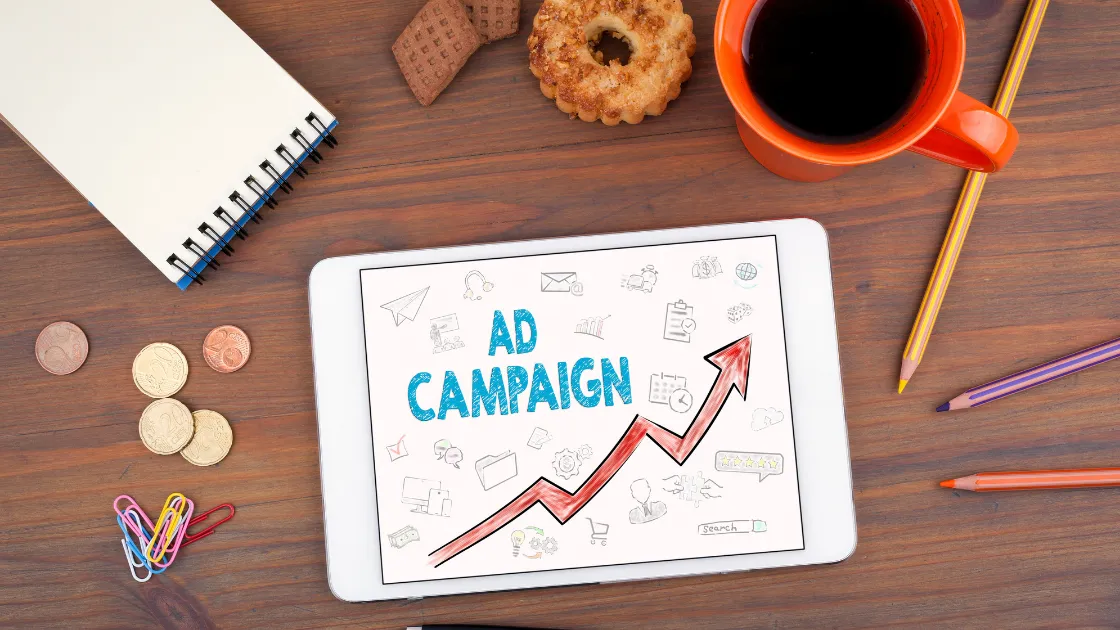
When it comes to social media marketing in 2025, businesses often face a common question: Should I focus on organic strategies, paid promotions, or both?
Both approaches serve different purposes and offer unique advantages. In this blog, we’ll explore what organic and paid social media mean, their pros and cons, and how to decide what works best for your business.

What is Organic Social Media?
Organic social media refers to unpaid content that you share on your profiles. This includes:
• Regular posts
• Stories
• Reels
• Engagement (likes, comments, shares)
• Community interactions
You’re reaching people naturally, either your followers or others through hashtags, shares, or platform algorithms.
✅ Pros of Organic Social Media:
• Builds trust & loyalty over time
• Great for storytelling and brand awareness
• Free of cost
• Encourages genuine engagement
• Helps build a strong brand voice and community
❌ Cons of Organic Social Media:
• Takes time to grow audience
• Limited reach, especially with algorithm changes
• Hard to promote offers instantly
• Difficult to track ROI clearly
What is Paid Social Media?
Paid social media includes advertisements or boosted posts where you pay platforms like Facebook, Instagram, or LinkedIn to promote your content to a targeted audience.
Examples:
• Sponsored posts
• Carousel ads
• Video ads
• Lead generation campaigns
• Website traffic campaigns
✅ Pros of Paid Social Media:
• Instant visibility to your target audience
• Advanced targeting options (age, location, interests, behaviors)
• Helps you generate leads and sales faster
• Easy to track results and performance
• Great for limited-time offers, product launches, or brand awareness
❌ Cons of Paid Social Media:
• Requires budget and testing
• Can get expensive if not optimized well
• Performance drops once you stop spending
• May appear less authentic if overused
Organic vs Paid: Key Differences
| Feature | Organic Social Media | Paid Social Media |
|---|---|---|
| Cost | Free | Budget required |
| Reach | Limited to followers + shares | Broad and targeted |
| Speed of Results | Slow and steady | Instant, measurable |
| Best for | Engagement & relationship building | Lead generation, traffic, sales |
| Control | Limited (depends on algorithm) | Full control over targeting |
| Longevity | Long-term brand growth | Short-term performance |
What Works Best in 2025?
The best strategy is often a combination of both:
Use Organic Social Media to:
• Build a strong brand presence
• Share educational and engaging content
• Interact with your community
• Increase trust and loyalty
Use Paid Social Media to:
• Promote products, events, or offers
• Run retargeting ads for website visitors
• Expand your audience reach fast
• Get quick leads, signups, or purchases
Pro Tip:
Start by building a strong organic foundation. Once you know what content performs best organically, boost it with paid ads. This way, you’re investing in content that already works.
Final Thoughts
Both organic and paid social media have their roles. If you’re a startup with limited budget, focus on organic content first. If you’re ready to scale fast or promote a campaign, go for paid ads. But the real magic happens when you combine the two strategically.


